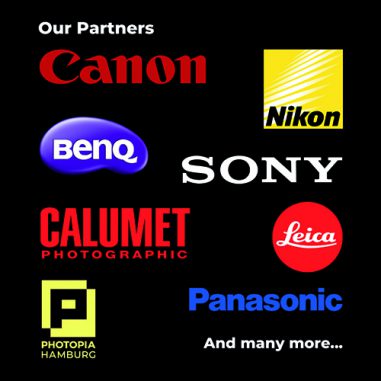“In value terms, the photobook market is already beginning to establish itself as a significant contributor to industry revenues,” says Joanna Wright, Market Analyst, Understanding & Solutions. “Accounting for nearly 5% of the total value of the prints market in 2006, photobooks will go on to capture 33% of the Western European market by 2010, yielding a market value in excess of €750 million.”
According to Understanding & Solution’s research, the market is currently being driven by both consumer-designed photobooks and professional photobooks, with prices ranging from less than €10 to more than €1,000. In the consumer market, two clear segments are pushing volumes: the 6”x4” replacement market and the ‘memory book’ market, consisting of high-end, emotive products that capture weddings and special events. In the professional market, the key segments are wedding, portrait and corporate photobooks.
Although the professional segment represented just 9% of total photobook volumes in 2006, the high average price per book translated to more than 60% of the market in value terms: €106 million in 2006, compared with the consumer market’s €64 million. In 2007 the professional market is expected to grow by 100% in both volume and value.
At present, the UK leads the professional Photobook market, followed by France, Spain and Italy, and then Germany.
A host of new companies has entered this lucrative new market niche, including dedicated service providers and new technology providers such as Graphi Studio, Albumprinter and Unibind. However, the majority of volumes are processed by the traditional photo industry, in particular the industrial wholesale photofinishers such as CeWe Color and Fuji, and the online photo specialists such as Photobox/Photoways, Snapfish and Pixmania.
“At the moment the online marketplace dominates the industry, accounting for nearly 90% of the volume,” continues Wright, “but moving forward, we’re going to see a shift to in-store purchases as retailers add photobook software to existing input terminals; 95,000 of which are already installed across Western Europe and ready to go.”






